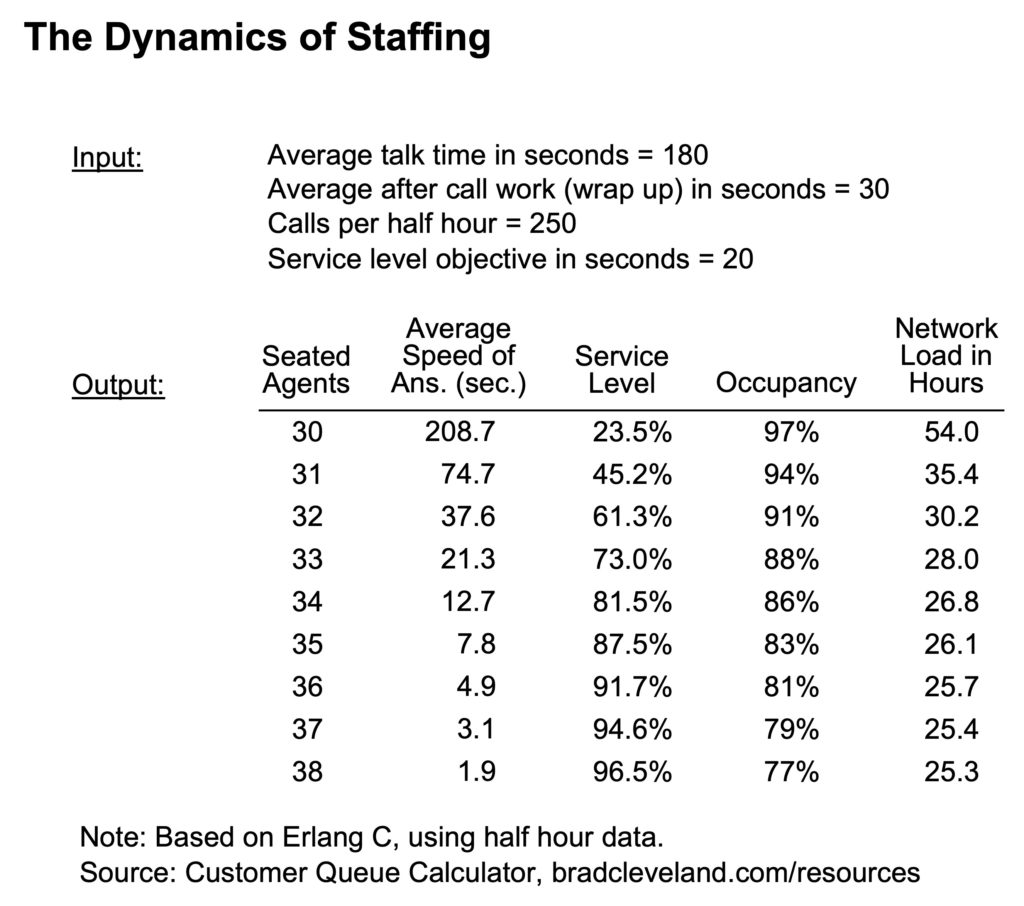With the current economic challenges, many organizations are likely to look for ways to control costs as they serve customers. Done right, these efforts can be successful. But the wrong approach can backfire in the form of new and/or hidden costs, frustrated employees and dissatisfied customers.
One thing is certain: reducing costs across the board does not work well. Insufficient staff, network or other resources can quickly lead to long queues, additional contacts (e.g., when customers use multiple channels to reach the organization) and intolerable agent occupancy rates. The fallout, among other problems—costs go even higher.
It is possible to control costs and maintain services that support your brand and great customer experiences. Here are some key principles:
Reassess the Organization’s Customer Access Strategy
A prerequisite to any major effort to control or reduce costs should be to review and, as necessary, refine the priorities identified in your organization’s customer access strategy. The customer access strategy should define:
- Customers you will serve (e.g., customer segments)
- Contact types (service, technical support, etc.)
- Access alternatives (phone, chat, text, self-service, etc.)
- Numbers, URLs, email addresses, etc.
- Hours of operation
- Service level and response time objectives
- Routing methodology
- Person/tech resources required
- Information required
- Analysis, improvement
- Guidelines for deploying new services
Before making any major change, be it implementing new systems, changing processes, adding services—or, in this context, cutting costs—it is essential that your management team agree on the services the contact center will provide. Without this foundation, cost control efforts are likely to head off in many unrelated directions and may be at odds with your organization’s larger customer experience goals.
Identify Organization-Wide Opportunities
Often, an organization’s overall expenses can be reduced by investing more in one area, to the benefit of others. Rather than focus on cost-cutting in a departmental vacuum, effective cost- cutting efforts maximize cross-functional resources.
cutting efforts maximize cross-functional resources.
For example, marketing managers are often willing to provide the contact center with budget to capture and analyze information on customer trends and expectations. They can save substantial money on target marketing, and benefit from customer advocates who support the brand. Similarly, R&D efforts can benefit from the contact center’s insight into product and process improvements.
Work to Prevent Contacts at the Source
Chances are about 20 percent of call types account for about 80 percent of the workload your center handles. Tracking contacts for each channel and queue can lead to questions such as:
- Should the contact center be getting so many contacts of that type?
- Where can self-service handle more of the load?
- Would better information or facilitating customer-to-customer forums help reduce contacts?
- Would a campaign to educate customers on contact alternatives help shift the workload to less expensive channels?
Even contacts you get few of can significantly impact costs and productivity, e.g., by overflowing to specialized groups or by being transferred to experienced agents who can ill afford the extra work. In the context of your customer access strategy, explore options for handling or deferring these contacts without bogging down secondary and tertiary agent groups—e.g., by pulling in specialized assistance from other departments.
Optimize Staffing and Schedules
As illustrated below, 30 agents in the example scenario will provide a service level of about 24 percent answer in 20 seconds. With just one more agent, service level jumps to 45 percent answer, a big improvement. Keep adding, and additional agents bring proportionally decreasing benefit—the law of diminishing returns.
Find the sweet spot. Getting workforce planning (forecasting, staffing and scheduling) tuned up is a sure path to better cost performance. In our work with clients, we find almost without fail opportunity to tighten up this area and find significant savings.
Pool Agent Groups as Feasible
The powerful pooling principle is an immutable law that states: any movement in the direction of consolidation of resources will result in improved traffic-carrying efficiency. Put more simply, if you take several small, specialized agent groups, effectively cross-train them and put them into a single group, you’ll have a more efficient environment.
There is a continuum between pooling and specialization, and the objective should be to keep things as simple and pooled as possible without jeopardizing the services specific contacts and customers require. For example, a company with 24 X 7 technical support wisely combined several large daytime groups into a single pooled group at night equipped to handle a broad range of transactions. (Although handling time is higher at night, quality remained consistent with daytime service. And proportionally fewer agents are required.)
Work on Process and System Improvement—Now and Forever
Even small improvements can make a big difference. A government agency learned from agents that constituents (customers) were sharing information in a different way than the system was capturing data. The customer service team worked with IT to redesign the screens. This cut the average time to handle interactions by 3% (which, with an average cost per contact of $9, was 27 cents per contact). Here’s the impact: with 620,000 annual contacts, the value of this improvement was $167,400 every year (3% × $9 × 620,000). The savings exceeded $1 million within six years. 27 cents! Yes, even small changes can really add up.
Conclusion
These steps can create powerful results. They harness principles that ensure you are controlling costs in the right places, while equipping the contact center to sustain valuable services for the benefit of customers and the organization.
